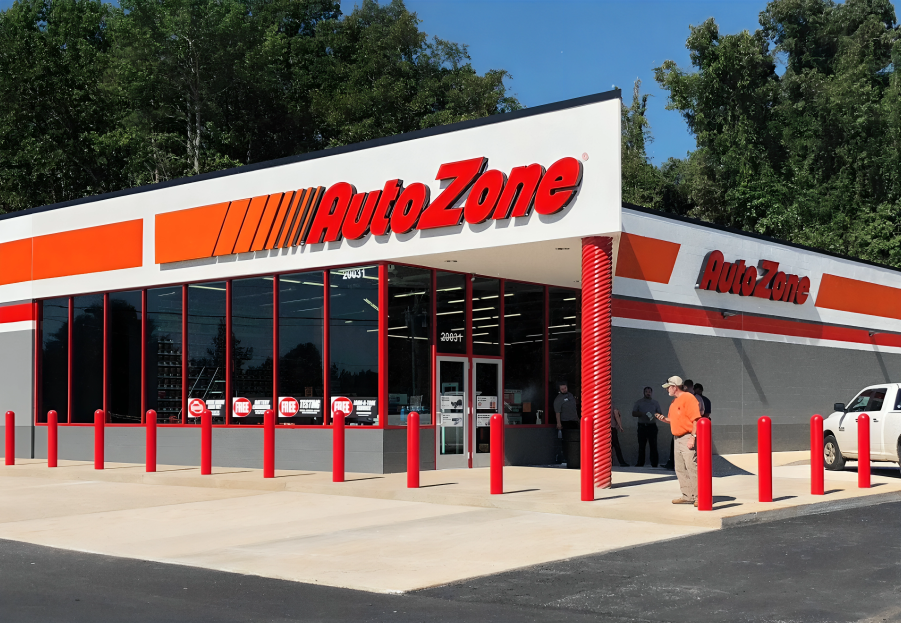Innovation in urban design has led to the emergence of smart square, revolutionizing public spaces. Unlike traditional squares, which primarily served as gathering points, smart squares integrate advanced technology and sustainable design principles to create multifunctional, interactive environments that cater to the needs of modern cities.
Traditional vs. Smart Squares
Public spaces have long been essential components of urban landscapes, providing areas for social interaction, cultural events, and recreation. Traditional squares typically consisted of open areas surrounded by buildings, often serving as meeting points or marketplaces. However, with rapid urbanization and technological advancements, the concept of public spaces has evolved. Smart squares represent the next phase in this evolution, incorporating cutting-edge technology and innovative design elements to enhance functionality and user experience.
Integrated Technology Infrastructure
One of the defining characteristics of smart squares is their integrated technology infrastructure. These spaces are equipped with various sensors, Wi-Fi connectivity, interactive displays, and smart lighting systems. This technology enables real-time data collection and analysis, allowing city officials to monitor foot traffic, air quality, and other environmental factors. Additionally, smart squares may feature digital kiosks or mobile apps that provide visitors with information about upcoming events, nearby attractions, and public transportation options.
Sustainable Design Elements
In addition to advanced technology, smart squares prioritize sustainable design elements to minimize environmental impact and promote eco-friendly practices. These design features may include green roofs, permeable pavement, rain gardens, and energy-efficient lighting. By incorporating sustainable materials and landscaping techniques, smart squares contribute to biodiversity, reduce urban heat island effects, and conserve resources such as water and energy.
Connectivity and Accessibility
Smart squares are designed to be inclusive and accessible to all members of society. Accessibility features such as ramps, elevators, and tactile paving are incorporated to accommodate individuals with disabilities. Furthermore, these spaces prioritize connectivity by offering free Wi-Fi access and integrating digital wayfinding systems. By enhancing connectivity and accessibility, smart squares foster social inclusion and enable equitable access to public amenities for residents and visitors alike.
Enhanced Safety Measures
One of the primary advantages of smart squares is the implementation of advanced safety measures. Surveillance cameras, emergency call boxes, and smart lighting systems are strategically deployed to enhance security and deter criminal activity. Additionally, crowd monitoring technologies can detect anomalies in crowd behavior and alert authorities to potential safety threats in real time. By prioritizing safety, smart squares provide residents and visitors with peace of mind while enjoying public spaces.
Promoting Community Engagement
Smart squares serve as vibrant hubs for community engagement, offering a wide range of cultural, recreational, and educational activities. These spaces host concerts, art exhibitions, farmers’ markets, and fitness classes, bringing people together from diverse backgrounds. Community events organized in smart squares encourage social interaction, cultural exchange, and civic participation, strengthening the social fabric of neighborhoods and fostering a sense of belonging among residents.
Economic and Cultural Impact
The development of smart squares has significant economic and cultural benefits for cities and local communities. These spaces attract tourists, stimulate economic activity, and boost property values in surrounding areas. Furthermore, smart squares showcase local art installations, historical landmarks, and cultural heritage, preserving and promoting the city’s identity and heritage. By investing in smart squares, cities can enhance their global competitiveness, attract talent, and foster innovation and creativity.
Barcelona’s Plaça de Catalunya
One notable example of successful smart square implementation is Barcelona’s Plaça de Catalunya. This iconic public space underwent a transformation in recent years, integrating smart technologies such as interactive digital screens, LED lighting, and smart benches. These enhancements have revitalized the square, attracting tourists and locals alike with engaging digital content, cultural events, and immersive experiences.
Singapore’s Marina Bay Sands
Another exemplary smart square is located within the Marina Bay Sands integrated resort in Singapore. This waterfront development features a dynamic public space with interactive light installations, multimedia displays, and sustainable landscaping. The smart square serves as a focal point for community gatherings, waterfront leisure activities, and cultural performances, enhancing the quality of life for residents and visitors in Singapore.
Cost and Funding Issues
Despite the numerous benefits of smart squares, the implementation and maintenance of these spaces can be costly. Funding for smart square projects may require public-private partnerships, government grants, or innovative financing mechanisms. Cities must carefully consider the long-term financial implications and ensure that investments in smart squares align with broader urban development goals and priorities.
Privacy Concerns
The extensive use of surveillance technology in smart squares raises privacy concerns among residents and visitors. Cameras, sensors, and data collection systems may infringe upon individuals’ privacy rights if not properly regulated and managed. Cities must establish clear guidelines and protocols for data privacy and security to address public concerns and build trust in smart square initiatives.
Inclusivity and Accessibility
While smart squares aim to be inclusive and accessible, there are challenges in ensuring equitable access for all members of society. Physical barriers, digital divides, and socio-economic disparities can hinder participation and engagement in smart square activities. Cities must actively address these barriers by implementing universal design principles, providing digital literacy programs, and engaging marginalized communities in the planning and design process.
Artificial Intelligence Integration
The integration of artificial intelligence (AI) holds immense potential for enhancing the functionality and intelligence of smart squares. AI-powered systems can analyze big data, predict user behavior, and optimize resource allocation in real time. For example, AI algorithms can dynamically adjust lighting levels based on foot traffic patterns or recommend personalized activity suggestions to visitors based on their preferences and interests.
Augmented Reality Experiences
Augmented reality (AR) technologies offer exciting opportunities to create immersive and interactive experiences in smart squares. AR apps can overlay digital information and virtual objects onto the physical environment, enhancing storytelling, educational tours, and interactive art installations. By leveraging AR, smart squares can engage visitors in new ways, encourage exploration and discovery, and showcase the city’s cultural heritage and innovation.
Green Infrastructure Expansion
The future of smart square design will likely prioritize the expansion of green infrastructure and sustainable design principles. Cities are increasingly recognizing the importance of nature-based solutions for mitigating climate change, improving air quality, and enhancing biodiversity. Smart squares may incorporate features such as green roofs, vertical gardens, and urban forests to create healthier and more resilient urban environments. By integrating nature into public spaces, smart squares can provide ecological benefits while enhancing the overall quality of life for residents.
Conclusion
Smart squares represent a significant advancement in urban design, offering enhanced functionality, connectivity, and sustainability. By integrating advanced technology, sustainable design principles, and inclusive practices, smart squares create vibrant and resilient public spaces that enrich the lives of residents and visitors alike. As cities continue to evolve, the development of smart squares will play a crucial role in shaping the urban landscape and fostering sustainable, equitable, and livable communities.










